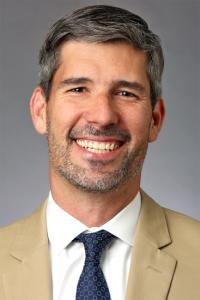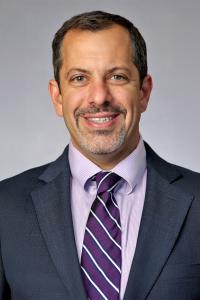Developing Best Practice Guidelnes for Non-Operative Treatment of Adolescent Idiopathic Scoliosis
Non-operative strategies to prevent curve progression in children with adolescent idiopathic scoliosis (AIS) are well-established. However, there is tremendous variation and some disagreement on many of the details for leveraging non-operative care, which may be producing less optimap outcomes for patients. Responding to this need, Columbia's pediatric orthopedics research team – consisting of pediatric orthopedic spine specialist Benjamin Roye, MD, MPH; chief of spine and scoliosis surgery Michael Vitale, MD, MPH; physiotherapists Kelly Grimes, DPT, Prachi Bakarania, DPT, and Hagit Berdishevsky PT, MSPT, DPT, MDT; Orthotist John Tunney; as well as researchers Hiroko Matsumoto, Matthew Simhon, and Afrain Boby – set out to develop best practice guidelines in this area. The research team began by distributing surveys, asking opinions to international experts in the field, including orthopedic surgeons, physiatrists, orthotists, physical therapists and research scientists.
Based on the results of the Columbia Orthopedics' research team's work, Drs. Benjamin Roye and Michael Vitale hosted a Best Practice Guidelines meeting in April 2019 at the Society on Scoliosis Orthopaedic and Rehabilitation Treatment (SOSORT) conference in San Francisco, CA. The research team, along with 38 international experts, met face-to-face to discuss and vote on treatment options. The meeting offered a unique opportunity to participate in a live discussion and collaborate with many of the leaders in the field. Overall, participants reached consensus on 67 items and the best practice guidelines (BPG) for non-operative care in AIS were created. This was the final step in a Delphi process to identify variability and come to consensus around bracing practices.
The team is currently in the process of publishing the new guidelines for wide dissemination to help guide clinicians who are new to the field, or are unfamiliar with the full array of non-operative treatment options now available for patient's with scoliosis.


